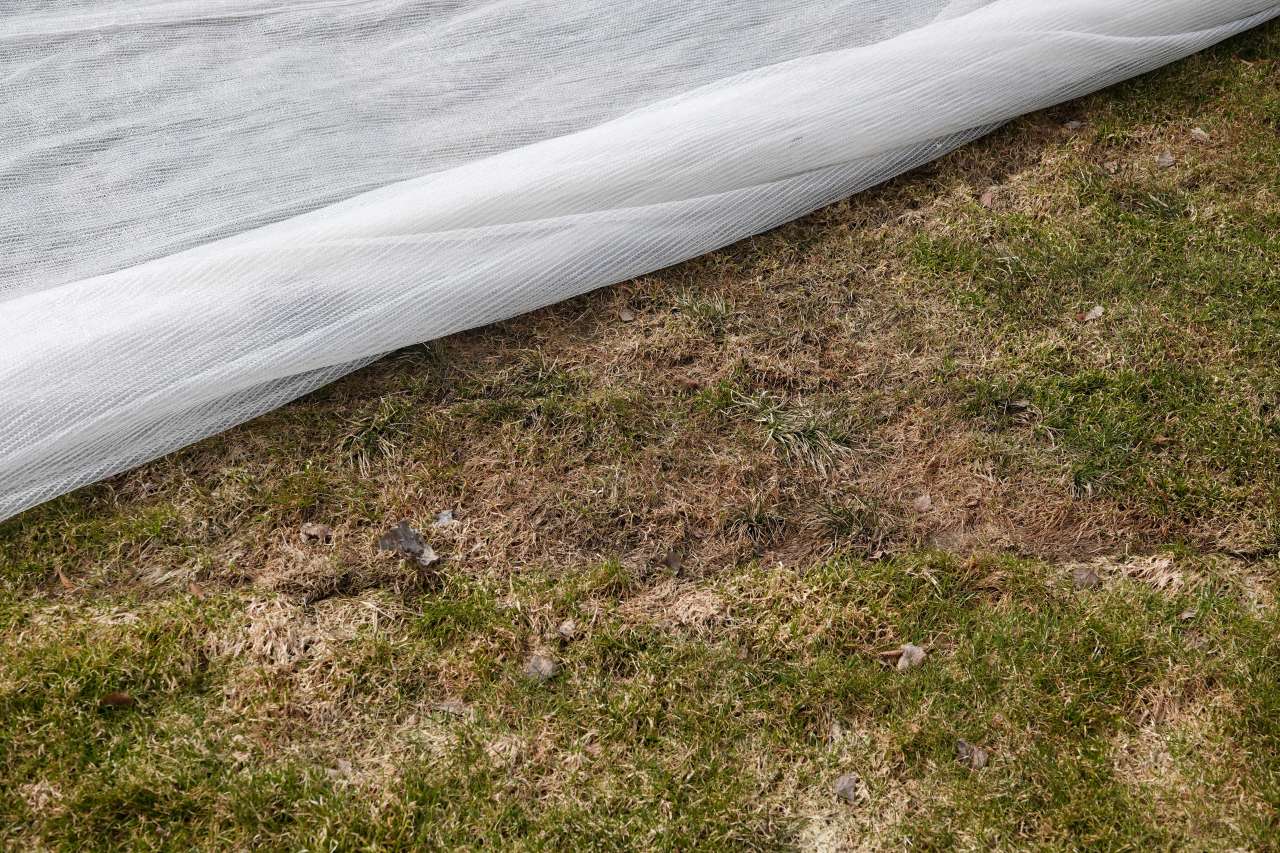Division of Environment and Natural Resources
ICE-BREAKER: Reducing the agronomic and economic impact of ice damage on golf courses and other grasslands.

End: dec 2023
Start: jan 2020
Project participants
Wendy Marie Waalen Pia Heltoft Thomsen Karin Juul Hesselsøe Sigridur Dalmannsdottir Tatsiana Espevig| Status | Active |
| Start - end date | 01.01.2020 - 31.12.2023 |
| Project manager | Trygve S. Aamlid |
| Division | Division of Environment and Natural Resources |
| Department | Urban Greening and Vegetation Ecology |
| Total budget | 10521000 |
Publications in the project
Abstract
No abstract has been registered
Abstract
No abstract has been registered
Abstract
No abstract has been registered
Authors
Pia Heltoft Thomsen Trygve S. Aamlid Wendy Marie Waalen Marte Skattebu Jan Tangsveen Marit Almvik Monica Fongen Karin Juul HesselsøeAbstract
No abstract has been registered
Authors
Sigridur DalmannsdottirAbstract
No abstract has been registered
Authors
Sigridur DalmannsdottirAbstract
No abstract has been registered
Abstract
No abstract has been registered
Abstract
No abstract has been registered
Abstract
No abstract has been registered
Authors
Trygve S. Aamlid Wendy Marie Waalen Pia Heltoft Thomsen Marte Skattebu Jan Tangsveen Håkan BlusiAbstract
No abstract has been registered
Abstract
No abstract has been registered
Abstract
No abstract has been registered
Authors
Trygve S. AamlidAbstract
No abstract has been registered
Abstract
No abstract has been registered
Abstract
No abstract has been registered
Authors
Pia Heltoft Thomsen Karin Juul Hesselsøe Marit Almvik Marte Skattebu Jan Tangsveen Wendy Marie Waalen Trygve S. AamlidAbstract
No abstract has been registered
Authors
Trygve S. Aamlid Wendy Marie Waalen Mads Thers James Bentley Guttorm Ray Tuxen Gavin Jagger Max Tangen Pål Melbye Håkan BlusiAbstract
No abstract has been registered
Authors
Trygve S. Aamlid Wendy Marie Waalen Mads Thers James Bentley Guttorm Ray Tuxen Gavin Jagger Max Tangen Pål MelbyeAbstract
No abstract has been registered
Authors
Wendy Marie Waalen Trygve S. Aamlid Pia Heltoft Thomsen Tatsiana Espevig Marte Skattebu Jan TangsveenAbstract
No abstract has been registered
Abstract
No abstract has been registered
Abstract
No abstract has been registered
Authors
Trygve S. AamlidAbstract
No abstract has been registered
Abstract
No abstract has been registered
Abstract
No abstract has been registered
Abstract
No abstract has been registered
Authors
Trygve S. Aamlid Tatsiana Espevig Karin Juul Hesselsøe Wendy Marie Waalen Pia Heltoft Thomsen Sigridur Dalmannsdottir C. J. Lönnberg M. DaCosta E R WatkinsAbstract
No abstract has been registered
Abstract
No abstract has been registered
Abstract
No abstract has been registered
Abstract
No abstract has been registered
Authors
Trygve S. AamlidAbstract
No abstract has been registered
Authors
Karin Juul HesselsøeAbstract
No abstract has been registered
Authors
Trygve S. AamlidAbstract
No abstract has been registered
Abstract
No abstract has been registered
Authors
Pål Melbye Trygve S. Aamlid Karin Juul Hesselsøe Pia Heltoft Thomsen Wendy Marie Waalen Sigridur Dalmannsdottir Tatsiana Espevig Marit Almvik Monica Fongen Einar Gestur JonassonAbstract
No abstract has been registered
